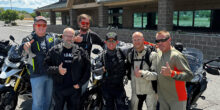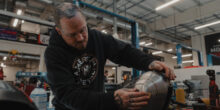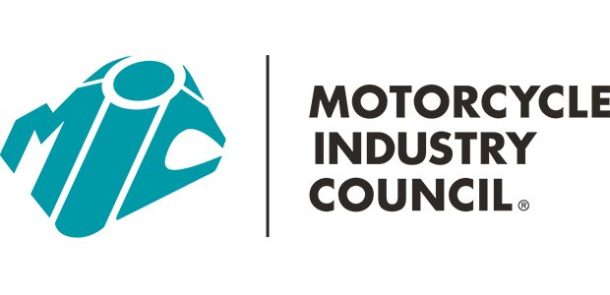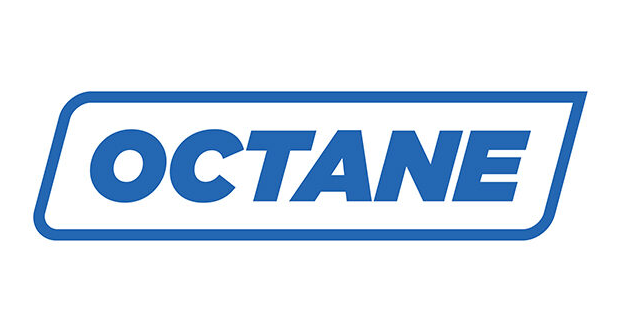Poor weather, gas prices hamper PWC sales
 EDITOR’S NOTE: During October, Power Products Marketing conducted a season-ending survey on behalf of Powersports Business on the U.S. PWC market. The following analysis is compiled from detailed discussions with dealers and OEMs.
EDITOR’S NOTE: During October, Power Products Marketing conducted a season-ending survey on behalf of Powersports Business on the U.S. PWC market. The following analysis is compiled from detailed discussions with dealers and OEMs.
In the July 26, 2004, issue of Powersports Business, when we analyzed U.S. watercraft sales through May with a preliminary June estimate, cumulative sales then were running about 6% ahead of 2003. Expectations were that this trend would continue through the end of the season.
However, it appears sales for the season ending July through September three-month period, which accounts for about 40% of the season’s sales, were approximately 13% below the previous year.
For the last four years the market has been essentially level, hovering at around 80,000 units annually, including Honda estimates.
The final three months were plagued by cold weather in much of the North. In Minnesota, for example, the fourth of July weekend through July 7 was hit with temps in the 50s and rain, and the month of August was one of the coldest on record. Although it was generally warm throughout the Southern U.S., in many areas it was wet. High gas prices at around $2 a gallon didn’t help, either.
Finally, the severe hurricanes in Florida and the Southeastern U.S. during the final two months brought the season to a quick close. In retrospect, many industry insiders feel PWC sales could have been much worse.
CURRENT VS. NON-CURRENT SALES
We have been tracking the current/non-current PWC sales ratio for over five years. Back in 1998 the current/non-current ratio was 58/42. In recent years, this ratio seems to have been holding at 80/20 as industry sales leveled.
DEALER INVENTORIES
Reports are that PWC inventories have held fairly consistent since 2001 when sales finally leveled from the precipitous 6-year decline between 1995 and 2001.
For 2003, we estimated dealer inventories had declined 10% on top of the 12% decline for 2002. Our best estimate is that year-end inventories for 2004 may have been flat or slightly increased as a result of the disappointing fourth quarter season-ending sales. Moreover, Polaris announced it was withdrawing from the PWC market. According to its Oct. 14 third quarter webcast report, Polaris indicated its PWC inventories were at about 5,000 units.
FIRST-TIME BUYERS
Indications are the first-time buyer ratio has continued to increase along with the increase in 4-stroke PWC models being introduced.
Last year, we reported that the percentage of first-time buyers had increased to approximately 48% from what had been just over 45% in 2002. Our best estimate is that this ratio has risen to perhaps 52% overall during 2004.
Some four-stroke models, however, report rates as high as 65%, while most models industry-wide are averaging well over 50%.
Three-Passenger PWC
Another ratio we have continued to track over the years is the percentage of 3-passenger PWC. Prior to 2000, the ratio was below 50% but during 2000 it jumped to 59% and climbed to 74% by the end of the 2002 season.
For 2003, 3-passenger PWC sales accounted for about 79% of the market, including estimates for Honda’s unreported sales. During 2004, this ratio dropped slightly back to 76% as a result of Sea Doo’s hot selling supercharged RXP 2-seater and Honda’s two R-12 models.
Standup and 4-passenger PWC still account for just 3% of sales combined, which means that 2-passenger watercraft represents about 21% of sales, up from about 19% last year. Two-passenger PWC mostly represent high performance musclecraft with intermediate model sales shrinking.
FOUR-STROKE MODELS
We continue to monitor sales of four-stroke models, which are becoming increasingly popular with consumers. As we have indicted in prior PWC Trendline articles, four-stroke technology is where this industry appears to be ultimately headed in the coming years with 2-stroke and DI systems expected to significantly decline, if not be phased out entirely at some future point.
Based upon our most recent analysis, four-stroke sales increased to about 57% of total PWC sales, including estimates for Honda’s four models. This compares with our estimate of 36% for 2003 and 18% for 2002, the first year four-stroke PWC models were introduced into the U.S. market. Some industry insiders expect 4-stroke sales will exceed 70% of total PWC sales for the 2005 season.
FUEL INJECTION MODELS VS. CARB
We also have been keeping track of the jump in sales of fuel injected PWC over the last five years compared to older carbureted models. This would include mechanical FI, EFI and Direct Injection systems.
In 1999, these combined fuel injection systems totaled just 15% of U.S. PWC sales compared to 85% for carbureted engines. By 2002, fuel injected PWC had climbed to nearly half of sales and by 2003 the percentage represented over two-thirds.
This year, fuel injected product sales accounted for just over 75% of total PWC sales with DI 2-stroke engines representing just 15% of that compared to over 50% the previous year. It appears likely we’ll see the FI ratio climb further to perhaps 85% by the end of next season with DI engines further declining.
2005 MODEL YEAR EXPECTATIONS
A year ago, there was considerable optimism entering the 2004 PWC season, which carried over through the first half of the season.
However, this began to wane starting in July as cold and rainy weather conditions persisted and sales slumped through the remainder of the season.
There continues to be potential pent up demand in the U.S. PWC market. Although the OEMs likely are planning for a flat industry scenario next year simply based upon recent history, we believe given favorable weather conditions through next summer in most of the country and a continuing strong economy that sales could easily increase in the 5-10% range.
– Dave Crocker is senior partner for Power Products Marketing, a market research firm based in Minneapolis, Minn. PPM (www.powerprods.com) specializes in the power products and components, powersports and marine industries. Crocker may be reached at 952/893-6870 or at dcrocker@powerprods.com








